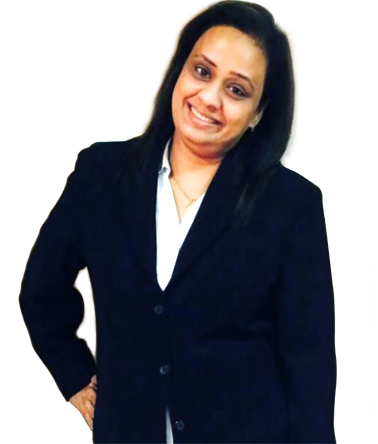Scoliosis
Scoliosis is a medical condition in which a person’s spine is curved from side to side. Although it is a complex three-dimensional deformity, on an x-ray, viewed from the rear, the spine of an individual with a typical scoliosis may look more like an “S” or a “C” than a straight line.
Scoliosis is an abnormal curvature of the spine. In scoliosis, the spine curves to the side when viewed from the front, and each vertebra also twists on the next one in a corkscrew fashion. Scoliosis affects 2% of women and 0.5% of men in the general population.
Symptoms:
- Uneven musculature on one side of the spine
- A rib prominence and/or a prominent shoulder blade, caused by rotation of the ribcage in thoracic scoliosis
- Uneven hips / leg lengths
- Asymmetric size or location of breast in females
- Slow nerve action (in some cases)
- Shoulders are different heights—one shoulder blade is more prominent than the other
- Head is not centered directly above the pelvis
- Rib cages are at different heights
- Uneven waist
- Changes in look or texture of skin overlying the spine (dimples, hairy patches, color changes)
- Leaning of entire body to one side.
Causes:
- Congenital spine deformities
- Genetic conditions
- Neuromuscular problems
- Limb length inequality
- Cerebral palsy
- Spina bifida
- Muscular dystrophy
- Spinal muscular atrophy and tumors
- Idiopathic, which means that there is no known cause
- Physical trauma.
The most common form of scoliosis, representing approximately 80% of idiopathic scoliosis cases, is Adolescent Idiopathic Scoliosis (AIS), which develops in young adults around the onset of puberty.
There are three other main types of scoliosis:
- Functional: In this type of scoliosis, the spine is normal, but an abnormal curve develops because of a problem somewhere else in the body. This could be caused by one leg being shorter than the other or by muscle spasms in the back.
- Neuromuscular: In this type of scoliosis, there is a problem when the bones of the spine are formed. Either the bones of the spine fail to form completely, or they fail to separate from each other. This type of scoliosis develops in people with other disorders including birth defects, muscular dystrophy, cerebral palsy, or Marfan’s disease. If the curve is present at birth, it is called congenital. This type of scoliosis is often much more severe and needs more aggressive treatment than other forms of scoliosis.
- Degenerative: Unlike the other forms of scoliosis that are found in children and teens, degenerative scoliosis occurs in older adults. It is caused by changes in the spine due to arthritis. Weakening of the normal ligaments and other soft tissues of the spine combined with abnormal bone spurs can lead to an abnormal curvature of the spine.
- Others: There are other potential causes of scoliosis, including spine tumors such as osteoid osteoma. This is a benign tumor that can occur in the spine and cause pain. The pain causes people to lean to the opposite side to reduce he amount of pressure applied to the tumor. This can lead to a spinal deformity.
Physiotherapists can give advice regarding:
- Surface electrical stimulation
- Manipulation
- Posture
- Strengthening of muscles and correction of muscle imbalance
- Strapping
- Ergonomics
- Exercise
- Low-impact stretching and strengthening activities like yoga, pilates or tai chi (taiji)
- Correcting posture
- Myofascial treatments
- Deep tissue massage
- Neuromuscular trigger point technique
- Muscle energy technique.

